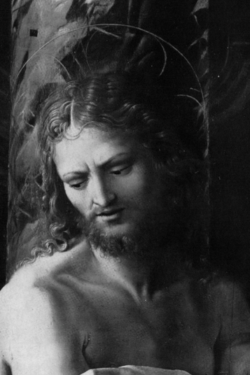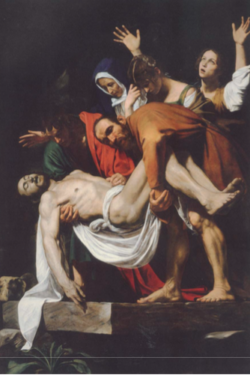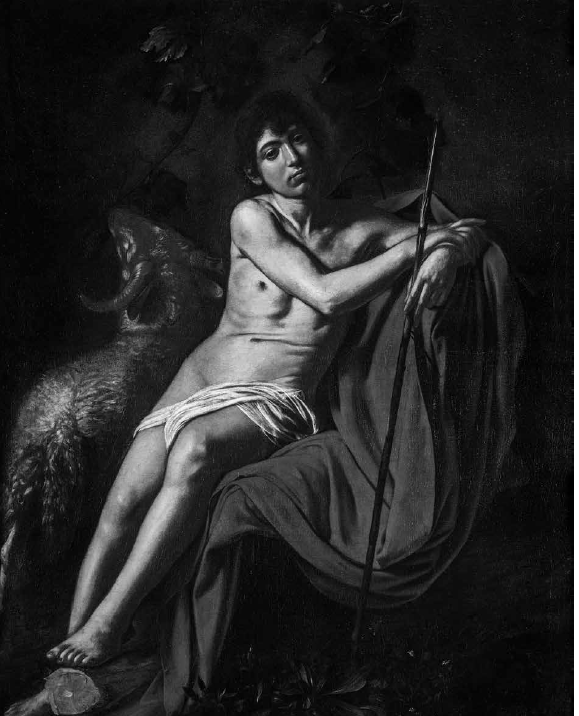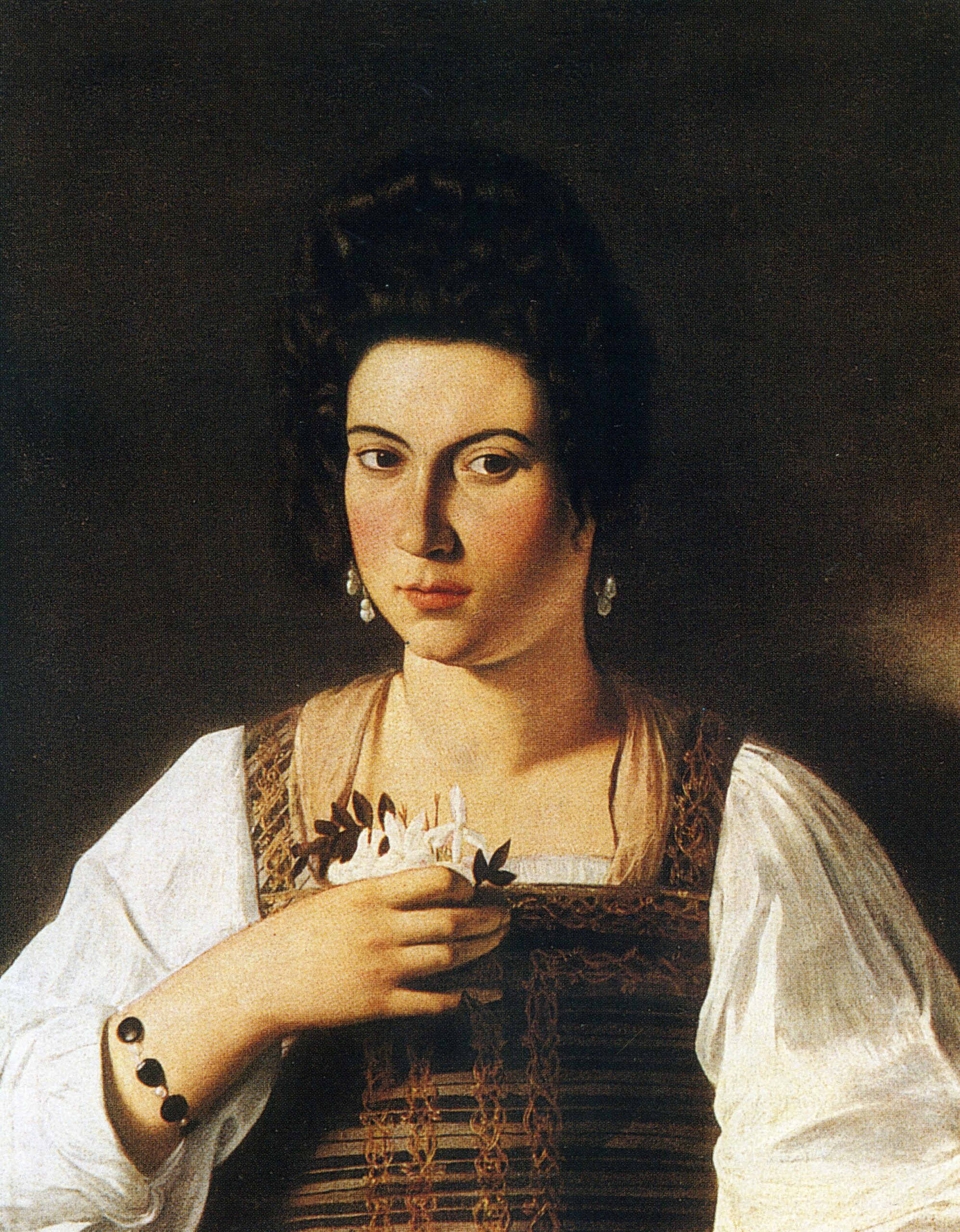Descrizione
Storia dell’arte 9/10, Gennaio – Giugno 1971
Luigi Spezzaferro
La cultura del cardinal Del Monte e il primo tempo del Caravaggio
This article is an attempt lo delineate the personality and above all the cultural attainments of Cardinal Francesco Maria Del Monte who — as the sources state and the documents confirm — was certainly the first real and the most important patron in Rome of the young Caravaggio.
Having noted that Del Monte’s interests were drawn not only towards the figurative arts but also lo scientific studies, the author attempts tu clarify the formation and development of such interests.
These seem to have been drawn above all towards those currents of thought and personalities from which a new science was being born, and can in fact clearly be related to the new formulations, within the tradition of mechanical ideas, to be found in the writings o/ Guidobaldo Del Monte, the cardinal’s brother. Apart from that, even in his specific work in iatro-chernistry, Cardinal Del Monte seems to have leaned decidedly towards such ideas as in Alchemy had no magical or esoteric force but were above all of practical and experimental application.
In short, the cardinal’s cultural bias seems io have been towards a conception of knowledge as the result of operating according to reason and experience. In other words, reality came to be conceived as the result of the active verification of natural phenomena, which could alone allow them to function in relation to the needs of man.
The author stresses how, in the field of the figurative arts, this tendency results in the interest shown by Del Monte in the physical creation of the artists connected to him as well as in his sympathy, in the first instance, for certain trends of late mannerist naturalism. There follows an examination of the view points expressed by Guidobaldo Del Monte in his treatise on perspective, which was dedicated to his brother and surely, in part, inspired by him. It declares that perspective operates according to rules as scientific as those of mechanics. On it depends the art of painting which, if comparable to mechanics, is superior even to sculpture in as much as it is more able to represent reality in all its completeness. This is because painting operates through drawing and shading, which in turn are dependent on perspective.
The author thus maintains, on the basis of an analysis of Merisi’s youthful works, in particular those present in Del Monte’s collection, that Caravaggio could bave gained from his patron a conception of the pictorial act as being a moment of awareness and verification of one’s experience of nature. In fact the particular experiments with space and light conducted in such works seem to have a clear echo in the ideas – particularly on the subject of painting — which circulated within the Del Monte household.








